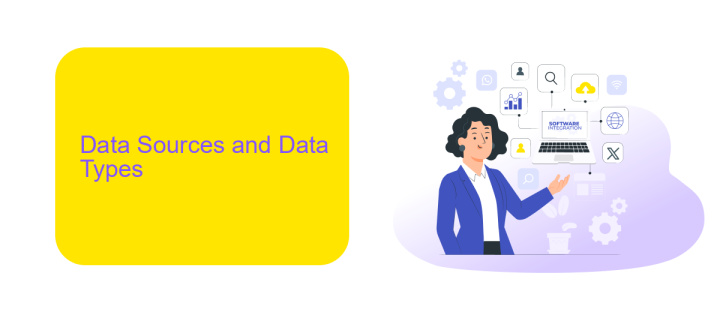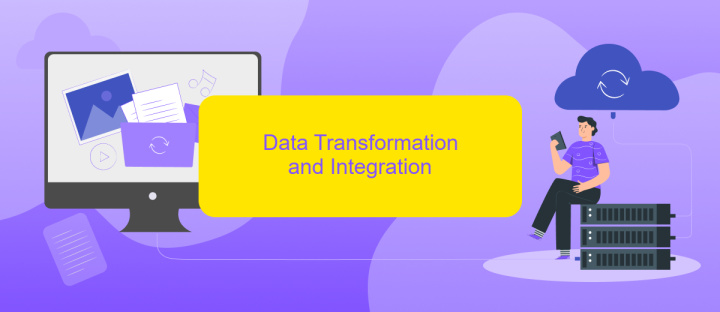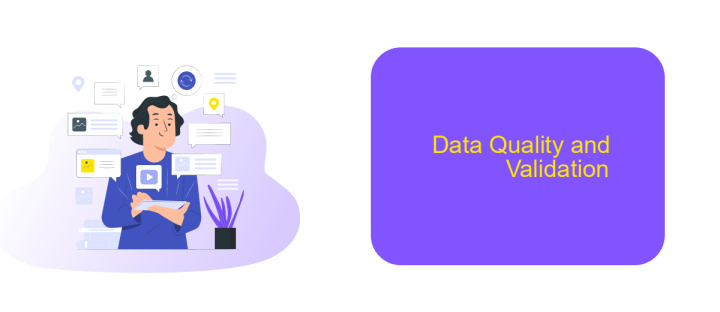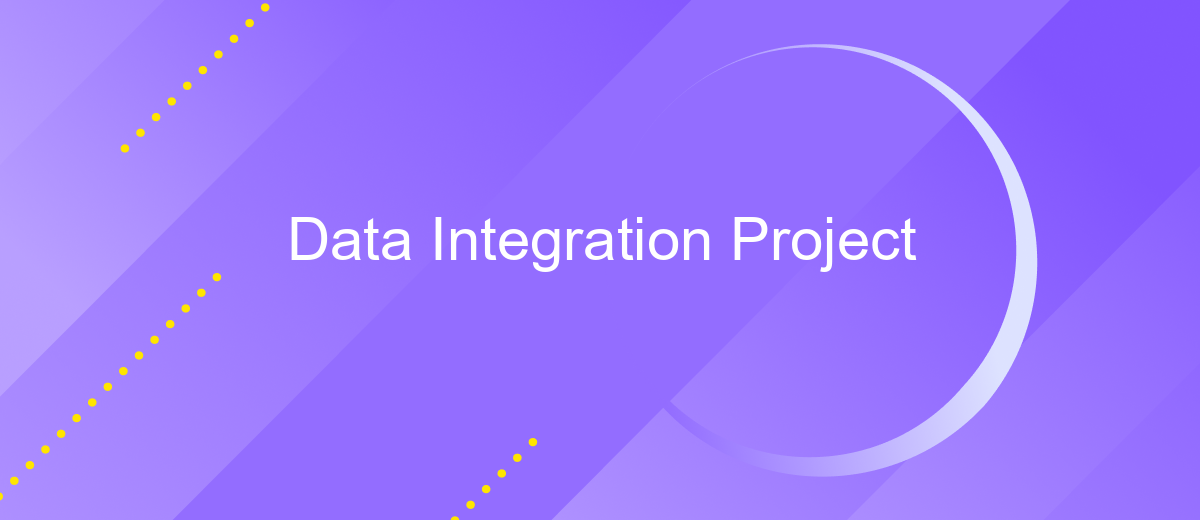Data Integration Project
In today's data-driven world, the ability to seamlessly integrate diverse data sources is crucial for informed decision-making and operational efficiency. The Data Integration Project aims to unify disparate datasets into a cohesive framework, enabling organizations to harness the full potential of their data. This article explores the methodologies, tools, and benefits associated with successful data integration initiatives.
Introduction
In today's data-driven world, integrating data from various sources is crucial for organizations to gain comprehensive insights and make informed decisions. A Data Integration Project aims to consolidate data from disparate systems into a unified repository, ensuring consistency, accuracy, and accessibility.
- Improved data quality and consistency
- Enhanced decision-making capabilities
- Streamlined business processes
- Increased operational efficiency
To achieve these benefits, leveraging tools like ApiX-Drive can be invaluable. ApiX-Drive simplifies the data integration process by offering a user-friendly interface and robust automation features. It allows seamless connectivity between various applications and databases, ensuring that data flows smoothly and accurately across the organization. By utilizing such services, businesses can focus on analyzing data rather than the complexities of integration.
Data Sources and Data Types

Data integration projects often rely on a variety of data sources and data types to provide comprehensive and actionable insights. Common data sources include databases, cloud storage, APIs, and on-premises systems. These sources can contain structured data, such as SQL databases, as well as unstructured data, like social media feeds or log files. The ability to seamlessly integrate these diverse sources is crucial for creating a unified data environment.
One effective way to manage these integrations is by utilizing services such as ApiX-Drive. ApiX-Drive simplifies the process of connecting various data sources, allowing for real-time data synchronization and automated workflows. This service supports a wide range of data types, including JSON, XML, and CSV, making it versatile for different integration needs. By leveraging such tools, organizations can ensure that their data integration projects are efficient, scalable, and capable of handling the complexities associated with multiple data sources and types.
Data Transformation and Integration

Data transformation and integration are crucial steps in any data integration project. The process ensures that data from various sources is converted into a consistent format, making it usable for analysis and decision-making. This involves several stages, including data cleansing, normalization, and enrichment.
- Data Cleansing: Removing duplicates, correcting errors, and filling in missing values to ensure data quality.
- Data Normalization: Standardizing data formats and structures to ensure consistency across different datasets.
- Data Enrichment: Enhancing data by adding additional information from external sources to provide more context and insights.
To streamline these processes, tools like ApiX-Drive can be invaluable. ApiX-Drive facilitates seamless integration between various data sources and automates data transformation tasks, reducing manual effort and minimizing errors. By leveraging such services, organizations can ensure that their data integration projects are efficient, accurate, and scalable.
Data Quality and Validation

Ensuring data quality and validation is crucial for the success of any data integration project. High-quality data ensures that business decisions are based on accurate and reliable information, minimizing the risk of errors and inefficiencies.
To achieve optimal data quality, it is essential to implement robust validation mechanisms. These mechanisms should verify data accuracy, consistency, completeness, and timeliness before it is integrated into the target system. Leveraging automated tools like ApiX-Drive can significantly streamline this process, providing real-time validation and error detection.
- Accuracy: Ensure data is correct and free from errors.
- Consistency: Maintain uniformity across different data sources.
- Completeness: Verify that no critical data is missing.
- Timeliness: Ensure data is up-to-date and relevant.
By integrating a service like ApiX-Drive, organizations can automate data validation workflows, reducing manual intervention and increasing efficiency. This not only enhances data quality but also accelerates the overall integration process, allowing businesses to focus on leveraging their data for strategic advantages.
Implementation and Deployment
To implement the Data Integration Project, we first performed a comprehensive assessment of the existing data sources and systems. This involved mapping out data flow, identifying key integration points, and establishing data governance protocols. We utilized ETL (Extract, Transform, Load) processes to ensure seamless data migration and transformation. Throughout the implementation phase, we relied on ApiX-Drive to automate and streamline data integration tasks. ApiX-Drive's user-friendly interface and robust API connectors enabled us to efficiently link disparate systems, reducing manual effort and minimizing errors.
Deployment was executed in several stages to ensure minimal disruption to ongoing operations. Initial testing was conducted in a controlled environment to validate data accuracy and system performance. Following successful tests, we rolled out the integration in phases, closely monitoring each stage to address any issues promptly. ApiX-Drive's real-time monitoring and automatic error handling features were instrumental in maintaining data integrity during deployment. Post-deployment, we provided training sessions for end-users and established a support framework to facilitate smooth adoption and continuous improvement.
FAQ
What is a Data Integration Project?
Why is data integration important?
What are the common challenges in data integration?
How can I automate data integration processes?
What should I consider when choosing a data integration tool?
Do you want to achieve your goals in business, career and life faster and better? Do it with ApiX-Drive – a tool that will remove a significant part of the routine from workflows and free up additional time to achieve your goals. Test the capabilities of Apix-Drive for free – see for yourself the effectiveness of the tool.

